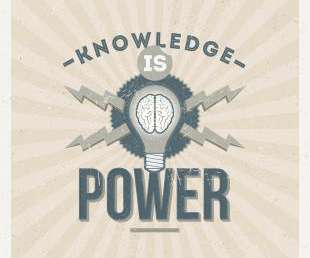Use Your Learning Goals to Bring Balance to Your Training Programs 1/3:Knowledge & Comprehension
CrossKnowledge
MARCH 25, 2019
Published in 1956, Bloom’s Taxonomy divides learning objectives into six levels. Even today, this model is used by trainers, instructional designers, and training managers (L&D) to plan training programs and evaluate them in terms of learning objectives. In 1956, their hierarchical models spawned Bloom’s Taxonomy.
































Let's personalize your content